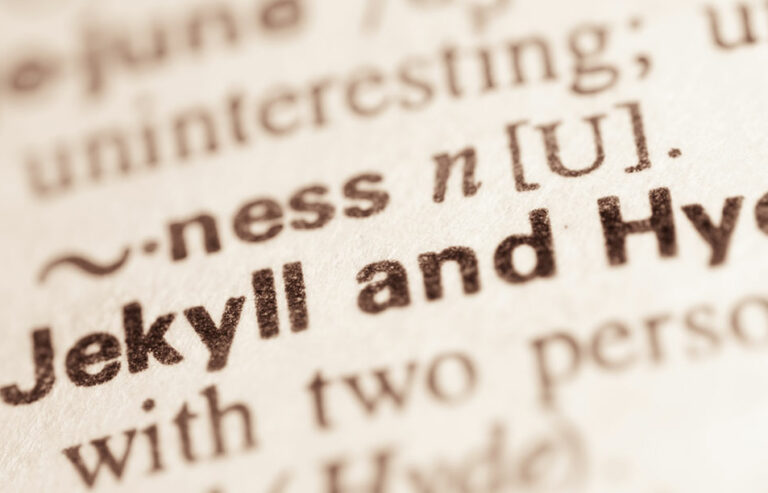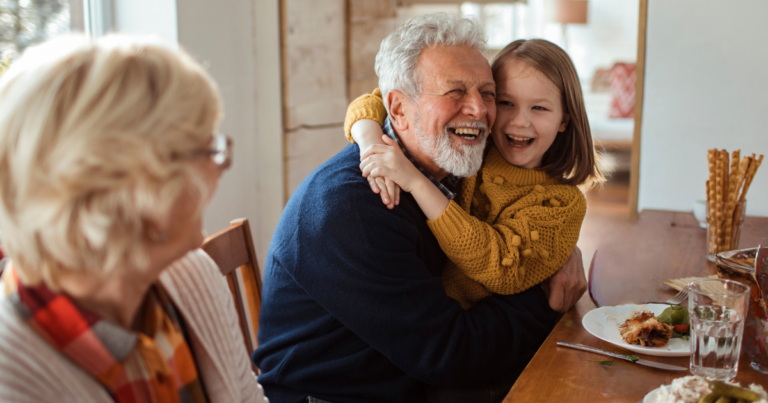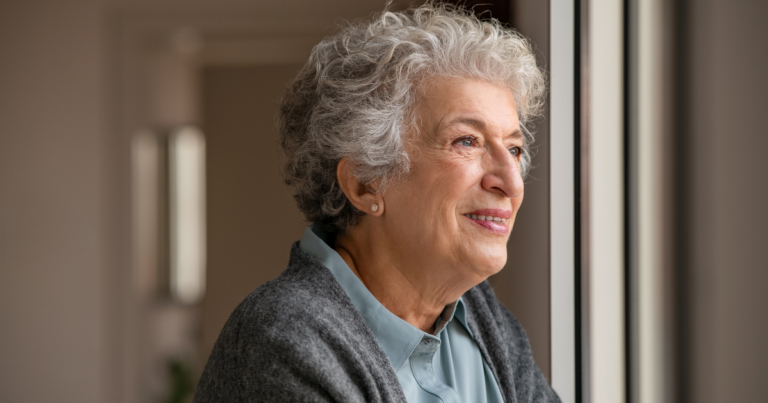What is Orthostatic Hypotension?
Published March 14, 2010 by Jody Guerrieri, RN. in Alzheimer's /Dementia, Senior Health & Wellness
Have you ever stood up suddenly and felt lightheaded or dizzy? Whether you realize it or not, most of us have experienced orthostatic hypotension at some point or another. Orthostatic hypotension, also called postural hypotension, is the term used to describe the fall in blood pressure when a person stands up from sitting or lying down. While many people suffer from mild orthostatic hypotension, it can become very serious, especially for seniors, and may need medical attention.
What are the symptoms of orthostatic hypotension?
According to the Mayo Clinic, the most common symptom of orthostatic hypotension is feeling lightheaded or dizzy when you stand up after sitting or lying down. This dizziness may last for a few seconds or minutes. In severe cases, and especially with seniors, symptoms may include fainting that can lead to falls.
When should I see a doctor?
Occasional dizziness or lightheadedness may be not be a major concern – the result of low blood sugar, too much time in the sun or mild dehydration. However, if you are experiencing frequent symptoms of orthostatic hypotension, it is important to see your doctor as this may indicate a more serious medical condition. In light of this, it is important to keep a copy of your records to both keep track of your symptoms and for your doctor to review.
Am I at risk for orthostatic hypotension?
Age is one of the most important risk factors for orthostatic hypotension, as most cases occur in individuals over the age of 65. According to the Mayo Clinic, as the body ages, certain cells in the heart and neck lose their capacity to regulate blood pressure as quickly as needed. In addition to age, individuals that take high blood pressure medication have a greater risk of orthostatic hypotension. Lastly, heat exposure, bed rest, crossing your legs at the knees, and certain diseases such as Parkinson’s increase one’s risk for orthostatic hypotension.
What are lifestyle changes and home remedies?
Here are some lifestyle changes that can help manage or prevent orthostatic hypotension. Check with your doctor to see which ones are best for you.
-Get Plenty of Fluids – Keeping hydrated helps prevent symptoms of low blood pressure.
–Exercise – Exercise your calf muscles before sitting up. Also, when getting out of bed, sit on the edge of your bed for a minute before standing up.
–Wear Compression Stockings – This may help reduce the pooling of blood in the legs, consequently reducing the symptoms of orthostatic hypotension.
If you have questions about senior home
care services or if you want to start care:
Related Posts

November 9, 2023
Celebrating Robert Louis Stevenson’s Birthday: Exploring the Legacy of ‘Jekyll & Hyde
Ashly Luckose, Esq.

November 3, 2023
Visiting Grandparents During the Holidays: Preparing Kids with Books on Aging
Gina Farmer

October 19, 2023
Preventing Osteoporosis: Essential Tips for Stronger Bones Post-Menopause
R. Bradley Robinson, M.D.
Helping seniors age in place, with dignity & grace.